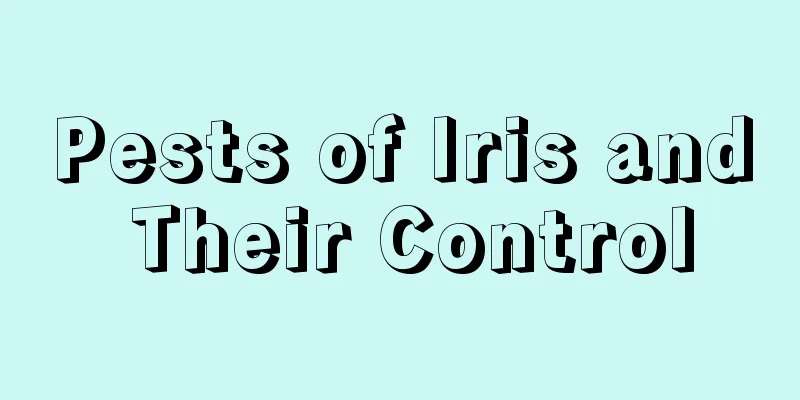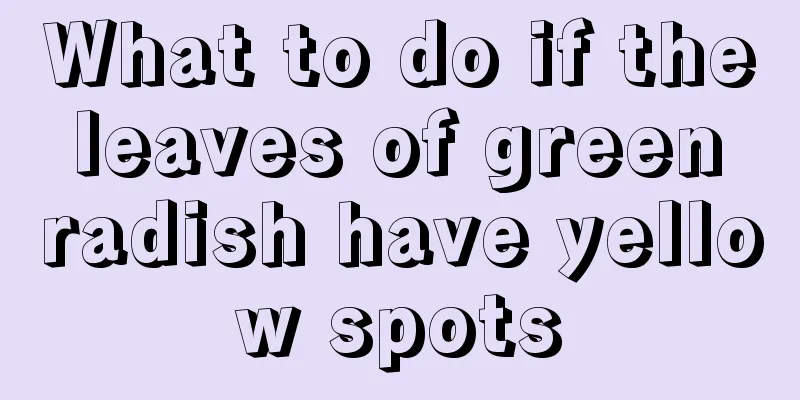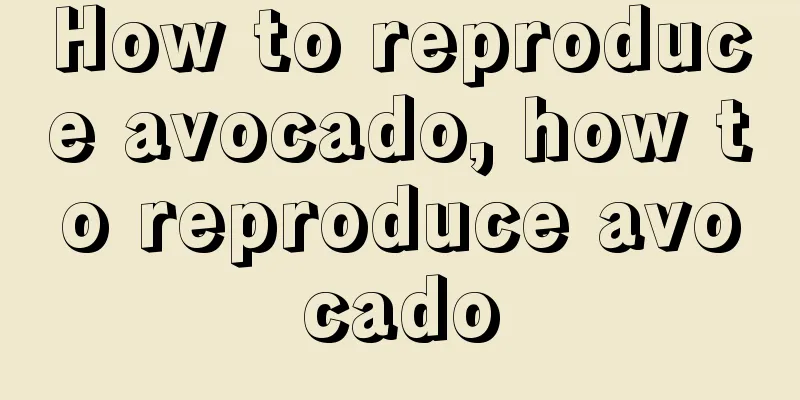Pests of Iris and Their Control

Pests of Iris and Their ControlIris is a plant that is extremely resistant to insect pests and generally does not suffer from insect pests. However, there is a kind of insect commonly known as the small cutworm that can harm Iris. Cutworm pestsThe pest of small cutworms is actually quite common in Hengshui area. Small cutworms can have three generations a year, so they can reproduce very quickly. The small larvae of cutworms will chew holes in the leaves of iris and cause them to become damaged, while the larger larvae will lurk in the soil at the roots during the day and chew and cut off the rhizomes above the ground after dusk, thus affecting the growth of iris and causing the leaves of the plant to dry out, turn yellow, or even fall off. Prevention and control of cutworm pestsThe pests caused by small cutworms cannot be underestimated, so how can we effectively prevent and control them? First, drug prevention Control is best if the larvae are started before they are 3 years old. You can use 5% chlorpyrifos granules, add fine soil, mix well, and then sprinkle it on the lawn; or spray 1000 times diluted 50% chlorpyrifos solution. This will kill the larvae directly and prevent them from reproducing and growing. Secondly, biological control Biological control can be achieved by using black light or sweet and vinegar solution to lure and kill mature insects. Setting up the black light and sweet and sour liquid should be done between early March and late May. First, place a large vat of water under the light, and then sprinkle engine oil on the water surface. Preparing the sweet and sour liquid. Preparation method of sweet and sour liquid: use 1 part of brown sugar, 3 parts of vinegar, 10 parts of water, then add a small amount of trichlorfon solution and stir evenly. When using it, choose a sunny evening and place the prepared liquid among the Iris seedlings. You can collect it after dawn, collect the killed insects, and then bury them or throw them into the trash can. |
<<: Common Pests of Purple-Leaf Plum and Their Control
Recommend
Where does mugwort like to grow?
1. Growth Environment Mugwort likes to grow on ro...
Cherry grafting time
1. Grafting time When grafting cherries, you shou...
Can blueberry seedlings be grown from blueberry fruits?
Blueberry is a blue berry known as the "king...
How long is the growth cycle of redwood?
Redwood growth cycle There are many varieties of ...
How to plant wintersweet seeds (method and time), can seeds bloom?
1. Planting method 1. Germination: When planting ...
Walnut's growing environment and local conditions
Walnut growing environment and conditions Walnut ...
How to Make Primroses Bloom for Christmas
Natural flowering period Under normal circumstanc...
How to grow cherries
1. Seed Planting When the cherries are ripe, remo...
How to grow jade tree quickly
1. Soil Jade plant is not very demanding on soil,...
Are potted dahlias poisonous?
1. No toxicity Dahlia is a bulbous flower of the ...
Treatment of pear psyllids on pear trees
Pear psylla is the most common, most harmful and ...
When is the best time to plant pepper trees?
The Zanthoxylum bungeanum tree is a small deciduo...
When is the bayberry ripening season? How to choose the fruit
1. Which month is the ripening season? Bayberry i...
When is the best time to plant chive seeds?
Leek seed planting time Chives are a perennial he...
Holly bonsai maintenance methods and management knowledge What kind of soil is best for planting
To maintain the holly bonsai, you need to choose ...









